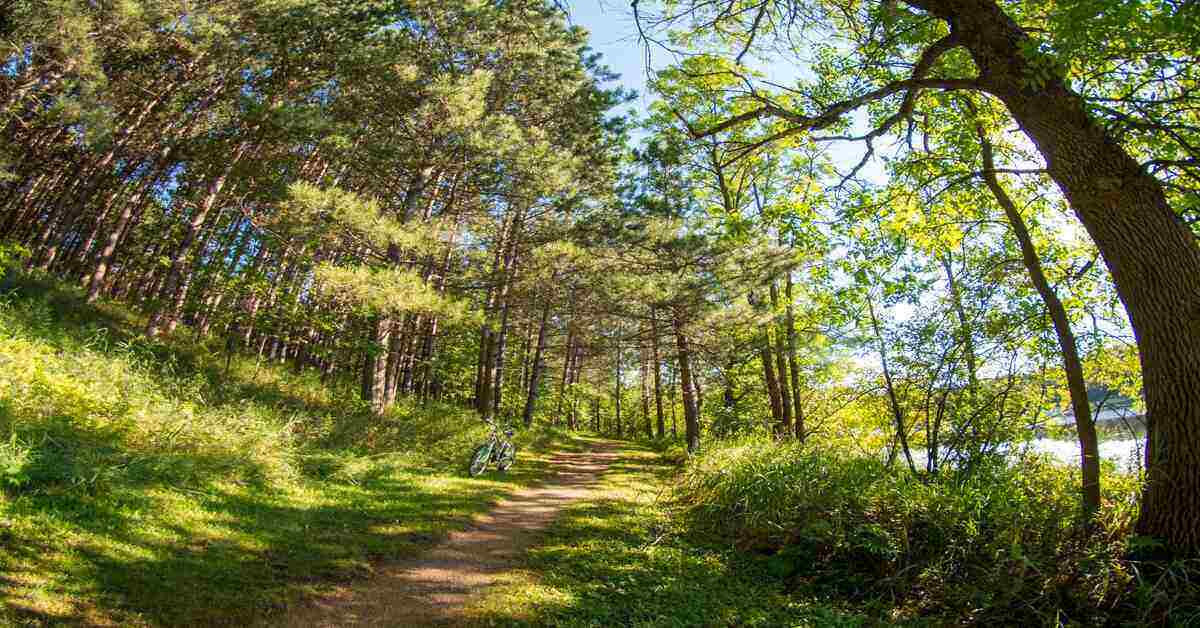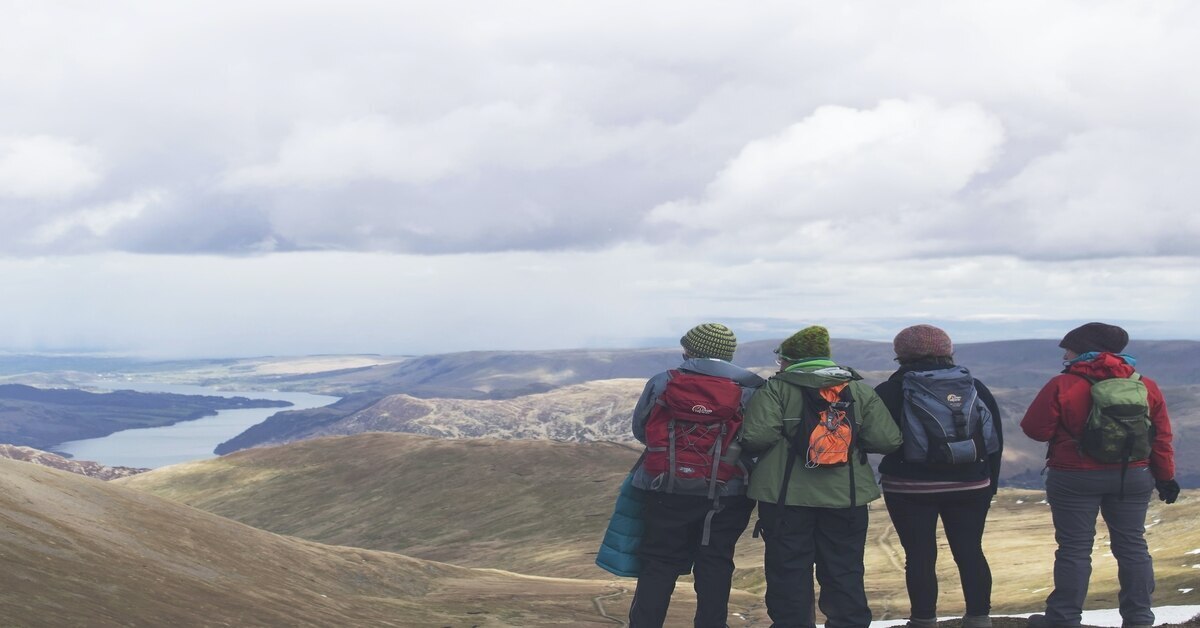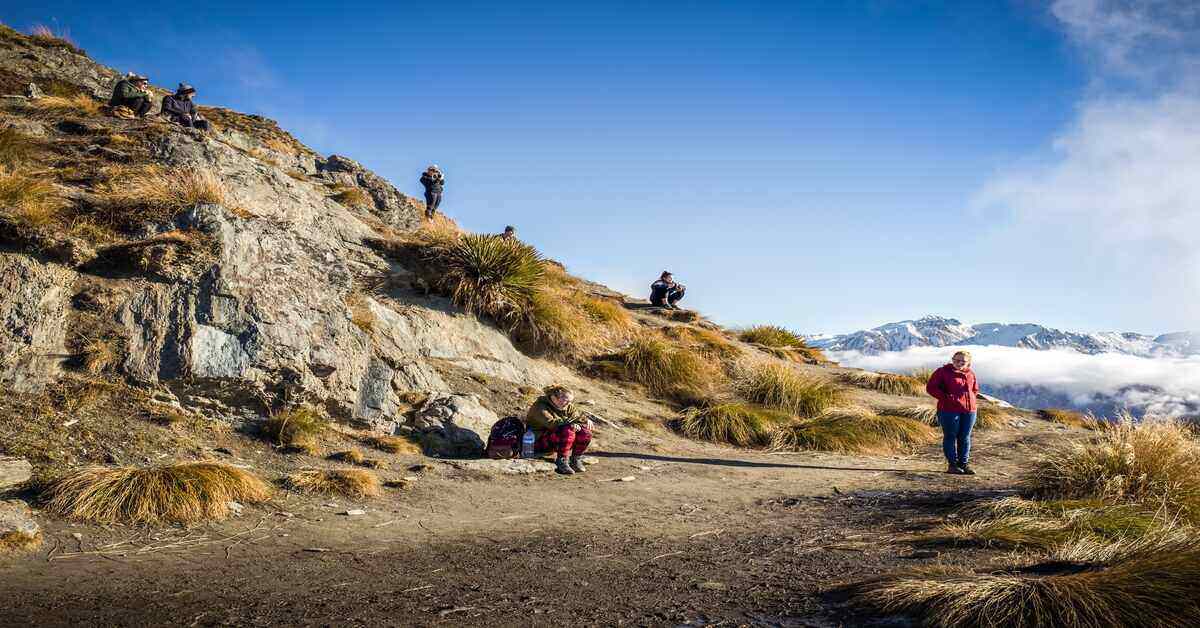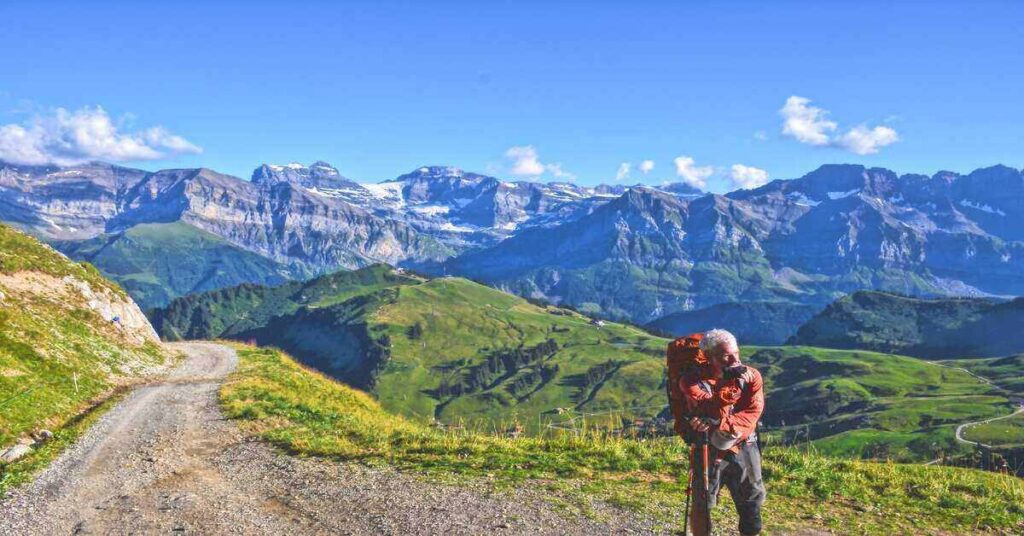Who doesn’t love to be outdoors? You get to enjoy the greenery, wildlife, sunshine, and fresh air. Hiking is one of the hobbies that allow you to enjoy the great outdoors. But many older adults, especially beginners, make certain mistakes that ruin their trekking experience. In this article, we discuss some crucial hiking tips for seniors.
LEGAL DISCLAIMER: This post may contain affiliate links. If you click an affiliate link and make a purchase, I may earn a commission. Also, as an Amazon Associate, I earn from qualifying purchases.
Many seniors avoid any activity they deem “strenuous” and spend a huge chunk of their time indoors. Once in a while, they move to their backyard to enjoy the evening sun. Studies show that inactivity leads to numerous conditions and diseases such as obesity, stroke, type 2 diabetes, and high blood pressure. Therefore, if you spend most of your days in your home, you should consider taking up hiking as a hobby.
Hiking boosts your bone density and helps you stay fit. It also improves your heart’s health. Here are more advantages of hiking.
Getting Ready for The Hike
If you want to enjoy a hike, you don’t just wake up one sunny morning and hit the trail. Good preparation is vital. First, decide how long you will be outdoors. Will you go out for only two hours or will you be hiking till evening? Do you prefer hiking at night?
When hiking at night, for instance, you need to pack things like a headlamp and matches. And if you will be walking for only an hour, you won’t need to stash a lot of gear in your backpack.
You also need to identify a trail. You can use Alltrails.com to find trails of your choice or ask other hikes for suggestions.
Let’s now look at some hiking tips for older adults.
Hiking Tips For Older Adults
-
Carry a Water Bottle
One can quickly become dehydrated on the trail, especially when the sun is up and you’re sweating. Being thirsty and having no water with you will make the hike more challenging. Make sure you carry a reusable water bottle and drink some water before you set out.
In addition, always be on the lookout for places where you can refill your water bottle. Some trails have visitor centers and fountains for this. Others only have natural water bodies such as rivers, streams, and lakes. For such trails, you will need a water filter to purify the water before drinking.
-
Start Small
If you are starting out, overexerting yourself may cause health problems. If you have not hiked for a while, it would be best to start small. Begin with the neighborhood paths you use every day. A 15-30 minute walk on a daily basis will make you get used to the walking. Once you are comfortable with that, you can now graduate to longer hikes on popular hiking trails.
-
Pick a Manageable Trail
Hiking on rugged terrains might not be the best idea for you. Sure, many older adults can effortlessly walk in mountainous regions. But this does not mean you should always pick the difficult terrains to show your prowess.

How do you know if a particular terrain is suitable for you? Assess your fitness level to see if you can handle rugged terrains. If you struggle on a trail with rocks and lots of inclines and declines, you are better off hiking on flat terrain.
-
Dress for the Occasion
You need to check the weather before you begin your hike. If it is the rainy season, ensure you have a waterproof jacket in your backpack. Layering would be a great idea, especially if you are on mountainous terrain. Ensure all clothes you plan to wear on the hike are lightweight so you can move faster.
-
Wear Hiking Boots
If you plan to walk for only 20 minutes in a park, regular sneakers will do. But if you will be trekking for hours, your feet will be more comfortable in hiking boots. Hiking boots have good traction to handle the most difficult trails.
They are also waterproof, so you won’t have to worry about your feet getting wet on a trail with numerous water bodies. Make sure that the boots are a bit bigger so that when you are moving down a slope, your toes will have enough space.
-
Know the Local Wildlife
Hiking enables you to see insects, birds, and small animals you don’t normally encounter in your daily life. Note that not all animals harmless. There are dangerous animals that you shouldn’t get close to.
This includes rattlesnakes, mountain lions, and bears. These animals are in their natural habitat and see you as a threat, especially if you get too close to them. A rattlesnake will use its rattling sound to warn you not to get close. Read more on how to avoid snakes when hiking.
Do your research about the potentially dangerous animals in the area. If it is a park, the rangers will tell you about the dangerous animals and give tips on preventing attacks. For instance, if you are in bear territory, never hike without bear spray.
-
Join a Hiking Group
Hiking alone is fun – there is no one to slow you down, and you can decide to stay at one spot for a while. For seniors, hiking alone is an option, but it’s not advisable. Join a hiking club in your area and plan hikes.

Hiking as a team is more fun because it fosters friendship. You will always look forward to trekking with your peers. Motivation won’t be a problem because you won’t want to let your team down. Moreover, there is safety in numbers. You can still go on solo hikes, but if you have never hiked in a group, I suggest you give it a try.
-
Let Your Loved Ones Know About the Hikes
You never know what might happen to you when hiking in the backcountry. Most trails are generally safe, but it is important to take safety measures. Before you head out, tell your loved ones about your hiking adventure.
Tell them about the trail you will be hiking on. Also, let them know the departure and arrival times. If you are hiking in a group, inform them about the number of hikers. This way, a search party will be sent if you are not back by the expected time. This helps, especially when you are stranded and have no means of communicating with the authorities or your loved ones.
-
Work Out Before Beginning the Hike
Getting ready for the hike involves doing some workouts. This doesn’t apply only to seniors but to any hiker, especially on rugged terrain. You may decide to hike after weeks of inactivity. In that state, your hike will be challenging because your body will not be used to it. So, start by doing some simple exercises. It could be stretches, pushups, and squats. Do this daily for a few days before you go for the hike.
-
Take More Breaks

Hiking is one of the best ways to stay fit and young. But this does not mean you keep pushing yourself when you feel exhausted; hiking while tired may increase your chances of tripping and falling. If you start to tire, take a break. Don’t wait till you get tired to rest. Take breaks every thirty minutes or so.
-
Consider Using Hiking Poles
A hiking staff or trekking poles are great for hiking on uneven terrain. Hiking with poles benefits hikers of all ages. First, they help with balance. Mountainous terrains usually contain obstacles such as rocks which may cause falls. Poles help you maneuver these obstacles easily, especially when going downhill.
Secondly, poles distribute the weight of your backpack. Also, you walk at a faster pace if you have poles. Note that poles are not just for difficult terrains. You can also use them on flat trails. Some poles are collapsible, allowing you to use them only when you need to.
-
Carry Your Phone
What happens if you get lost in the backcountry? If you can’t trace your way back, you have no option but to ask for help. When you’re in a group, getting lost is rare. It usually happens when hiking solo. Always go on a hike with your phone.
Your phone may be a distraction, so switch it off as you walk. Make sure it is fully charged before starting the hike. It is also wise to pack other forms of communication such as a whistle. If you are lost or stranded, you only need to blow the whistle three times. This is an internationally recognized distress call that almost everyone understands.
-
Pack Some Snacks
Food provides strength to keep going, especially if you will be hiking for more than an hour. Carry foods such as trail mix, nuts, and dried fruit.
Hiking as a senior is just as fun as hiking as a younger adult. You need to listen to your body in order to hike better. When other hikers pass you on the trail, do not try to keep up but continue at your own pace.
And if you have any foot problems or any other underlying condition, talk to your doctor to see the way forward. I hope these hiking tips for seniors will help you enjoy walking in the great outdoors. Do you have any tips I have not talked about? Let us know in the comments section!

